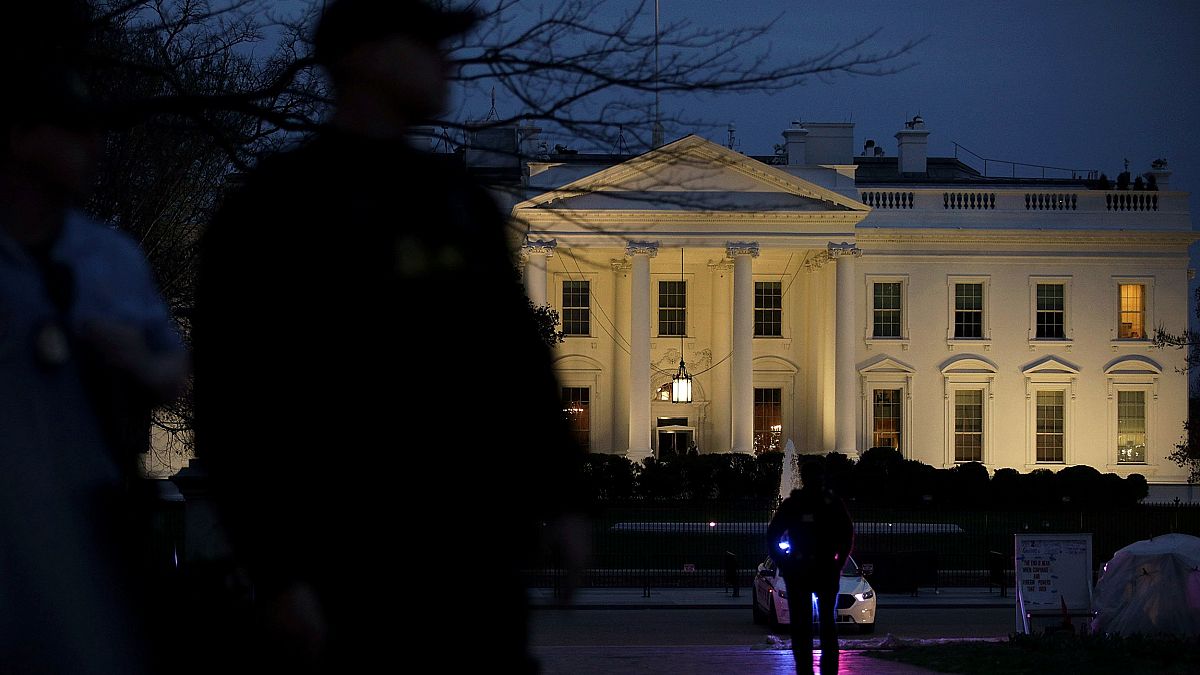The test "crosses an important line by opening the door to the mass, suspicionless scrutiny of Americans on public sidewalks," the ACLU wrote.
Stay away from the White House if you don't want your picture captured by a new government-run surveillance program.
The U.S. Secret Service on Nov. 19 started testing a facial recognition system that uses security cameras to capture images of people outside the White House and then tries to match them to "people of interest." The move has heightened concerns of the government using high-tech tools to expand its monitoring of the public.
In this case, the "people of interest" ─ at least for now ─ are Secret Service workers who have volunteered to take part in the test. But the security cameras take video of people on the sidewalk and street, and there is no way for them to avoid having the system run their faces against the facial recognition program. Those who don't want that to happen "may choose to avoid the area," the Secret Service said in a document published last week.
All images captured during the pilot will be limited to the White House security system and will be deleted once the test ends next August, the Secret Service said.
The test seems to be limited enough to avoid immediate privacy concerns, but it "crosses an important line by opening the door to the mass, suspicionless scrutiny of Americans on public sidewalks," Jay Stanley, a senior policy analyst for the American Civil Liberties Union, wrote in a blog post published Tuesday.
Most adult Americans are already in a facial recognition database of some kind, the result of governments formatting driver's license and passport photos for such use, according to the Center on Privacy & Technology at Georgetown University Law Center.
The Department of Homeland Security has deployed real-time facial recognition systems in some airports and border crossings.
Real-time facial recognition systems are also being designed for use by local police departments. Amazon, for example, is testing its facial recognition product, called Rekognition, with the police in Orlando, Florida. The Orlando pilot is similar to the White House pilot in that it appears to be limited to volunteer officers.
Ultimately, the Secret Service wants to identify "people of interest" outside the White House more quickly than the current system, which relies on static images from surveillance cameras that agents and officers compare against lists. The lists contain images of "people of interest" who may pose a threat based on their contact with law enforcement officers, social media posts, tips from the public and media reports, the agency says.
The Secret Service has not said what company it hired to provide the facial recognition system or where exactly the cameras are placed. The agency declined to comment on Tuesday.
There are few regulations at any level of government outlining how law enforcement can use facial recognition, leaving it to individual agencies to decide what's best.
That worries privacy and civil-rights advocates, who say there is little keeping the government from targeting particular groups, such as immigrants or participants in political protests. They also point out that facial recognition is run by algorithms that have been shown to misidentify people of certain races ─ black women in particular.
A group of Democratic lawmakers last week demanded more information from Amazon about its Rekognition program.
